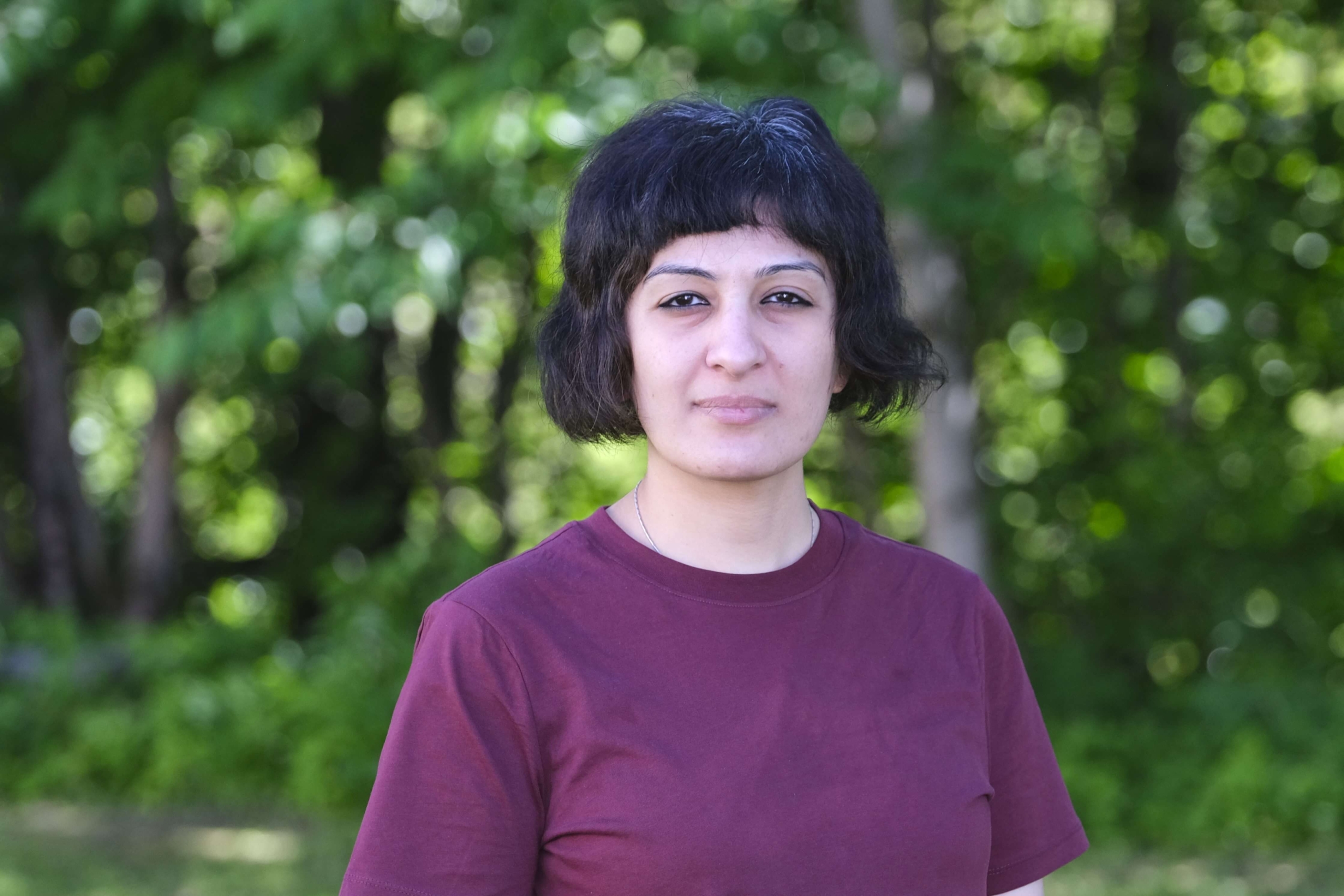Originally from Egypt, Sara Yousef now lives in Tromsø, northern Norway. For the past two years, she has been pursuing her master’s degree in Peace and Conflict Transformation at The Arctic University of Norway (UiT). According to Sara, her recent training in Lillehammer has made a significant impact.
– Both professionally and personally, I see many opportunities to utilize the dialogue approach in various situations. This training has also helped me better understand myself—my needs, motivations, and interests, Sara explains.
A Diverse Background in Humanitarian Work
Before relocating to Norway, Sara dedicated a decade to working with international humanitarian organizations. Her roles spanned Doctors Without Borders, Save the Children, Doctors of the World, and the UN system. Additionally, she served as a project coordinator for a USAID-funded organization, managing logistics and technical tasks.
Sara initially wanted to attend a workshop in conflict resolution held by the Nansen Center at the university. Although unable to join at that time, she was excited to learn about the training sessions in Lillehammer.
– I wanted to dig deeper into this topic and was happy to hear that the center offered training in this approach, she recalls.
Engaging with the Training Content
Sara describes the training as a focused and immersive exploration of conflict management through dialogue. She appreciated the depth of the training.
– This training focused intensely on how people in conflicts can manage situations by using dialogue and how to navigate the web of emotions and needs of those involved, she explains.
One of the standout tools for Sara was conflict mapping, which allows for a comprehensive analysis of different actors in a conflict and their relationships. She also found the conflict tree particularly useful.
– When trying to explain conflicts, it’s easy to lose track. Visual tools like this help structure conflicts and make it easier to get a good overview, Sara notes.

Experiencing Group Dynamics and Process-Based Learning
Her group of fellow participants was small but inclusive, fostering an environment conducive to open discussion and sharing of experiences.
– Everyone, with their patience and insights, helped maintain a safe space. Also, the diversity of the group contributed to a more enriching learning experience, making it more exciting as well, she says.
Applying Dialogue Skills in Professional and Personal Life
Reflecting on her background in humanitarian work, Sara sees the potential to apply her newfound dialogue skills in different contexts.
– In my former job, we used to arrange public meetings on issues regarding public health and hygiene. If equipped to use dialogue in such settings, I believe it is more likely to achieve effective outcomes.
– Conflicts and misunderstandings can happen in demanding situations. For me, this training has fostered significant growth and made me more tolerant of others and different contexts, Sara concludes.
Want to know more about the dialogue approach? Check out our upcoming trainings:
Training in public dialogue approach, sept. 23-27.
Dialogue Facilitation, dec. 2-6.

